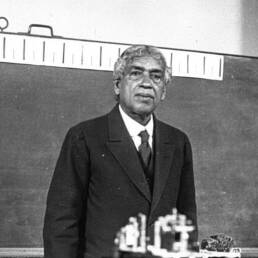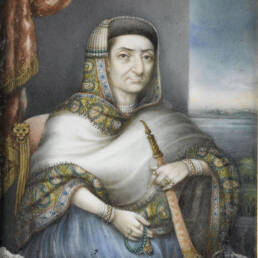What if we told you that an assassination attempt in Paris went on to inspire two legendary cartoon characters who, in turn, were the inspiration behind two memorable villains from a Satyajit Ray cult classic? Would you believe it?
March 2, 1919. Le Miroir carried a photo of two heavily mustachioed policemen, identically dressed in bowler hats and black suits, accompanying Émile Cottin, an anarchist, who had tried to assassinate French Prime Minister, Clemenceau. One of the detectives carried two cane umbrellas.
And this is the photograph, according to Michael Farr, that inspired Hergé, the iconic Belgian cartoonist, to create two of our most beloved characters from Tintin comics – Thomson and Thompson – the inept detectives who are set apart by a ‘p’ in their names.
Hergé’s memory of his father and uncle (identical twins) and the photograph of the French detectives inspired him to create the detective duo who were identified by their mustaches – one pointy and flared, the other droopy and flat.
Tintin, Hergé’s legendary well-heeled reporter, made his first popular appearance in ‘Tintin in the Land of the Soviets’ in 1929/30 and soon became a hit. Though the stories took over three decades to reach India, they soon became the most widely-read comic series.
Meant mainly for children, Tintin’s adventures were, however, loved by one and all, including Satyajit Ray. In fact, such was Tintin’s impact that it later went on to influence one of Ray’s most celebrated films – ‘Sonar Kella’ or The Golden Fortress.
The movie featured the legendary and debonair ‘Feluda,’ a Bengali detective, who, according to Ray, was modelled after Arthur Conan Doyle’s Sherlock Holmes. In fact, ‘Sonar Kella’ introduced Feluda to the big screen in 1974.
Though Ray never met Hergé, they shared similar aesthetics and sensibilities, including that of looking at the world through the eyes of a child. This is evident in ‘Sonar Kella,’ where Feluda’s teenage assistant and cousin, Topshe, innocently plays Watson to his Holmes.
Interestingly, the surprising crossover between Hergé and Ray happened during a film festival in Brussels in 1958, where Ray was a jury member. On the day of his departure, the festival’s organizers presented him with a copy of the French edition of Tintin.
In Calcutta, Ray’s five year-old son, Sandip was fascinated by the graphics but could not understand a single word as it was all in French. This dilemma was resolved after a couple of years when Tintin was finally published in both English and Bengali.
Much later Sandip Ray, during an interview with Firstpost, discussed his father’s enduring love for Tintin, and how he, even at the age of 68, just two years prior to his demise, enjoyed reading Tintin and the Picaros.
That Ray loved Tintin is evident when Andrew Robinson quotes Ray: “Tintin is definitely a very very filmic approach, very original, I like it very much. It is possible that it was at the back of my mind when making The Golden Fortress.”
And if you accept Robinson’s account, the blundering villains – ‘Bhavananda’ and ‘Mandar Bose’ in ‘Sonar Kella’ – were ‘subconsciously influenced’ by Hergés goofy detective duo, Thomson and Thompson, who themselves were inspired by the photo of the French detectives.
All we can say is that Hergé and his legendary creations inspired Ray to create magic both on and offscreen. Ray never held back in expressing his admiration for Hergé through numerous subtle references to Tintin in his films. Comment if you remember any.
Sources:
Robinson, Andrew. “Satyajit Ray: The Inner Eye: The Biography of a Master Film-Maker”. (University of California Press)
Robinson, Andrew. “Satyajit Ray’s French connection”. https://frontline.thehindu.com/cover-story/satyajit-ray-french-connection-jean-renoir/article37018091.ece
Ashoke Nag, Inside Satyajit Ray’s little known corner of life as an aficionado of board games, from Scrabble to chess, https://www.firstpost.com/entertainment/inside-satyajit-rays-little-known-corner-of-life-as-an-aficionado-of-board-games-from-scrabble-to-chess-10215561.html
Michael Farr, Tintin – The Complete Companion, Last Gasp




